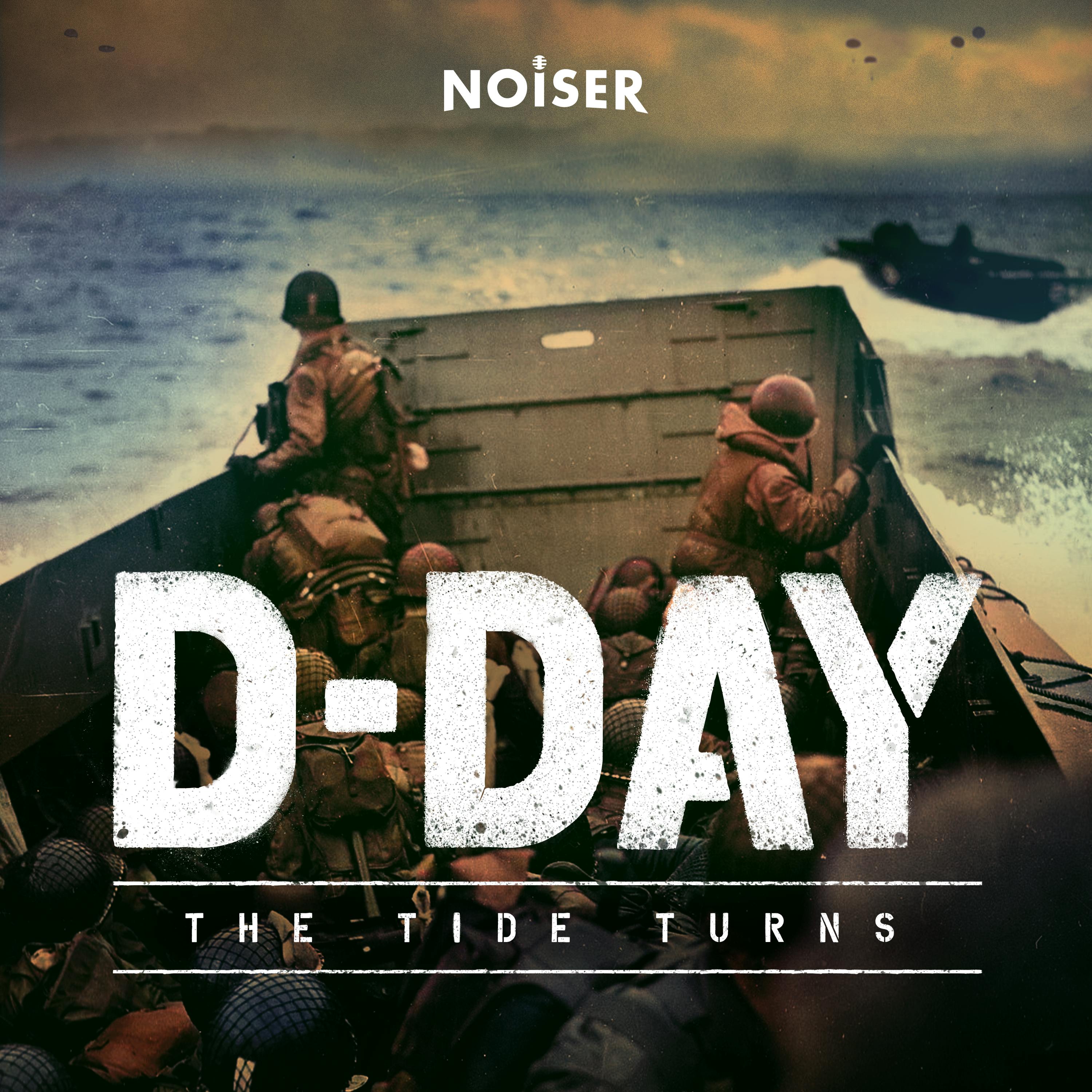
C
Catherine Ross
G
Giles Milton
旁
旁白
知名游戏《文明VII》的开场动画预告片旁白。
Giles Milton:D日登陆的成功取决于英吉利海峡的天气状况,平静的海面对于7000艘船只和登陆艇的行动至关重要。盟军在北大西洋拥有气象站,能够比德军更准确地预测天气,而德军的气象站已被盟军摧毁。
Catherine Ross:D日之前,来自美国、英国海军和英国气象局的三个气象预报小组合作,但他们对天气预报方法存在分歧。英国气象局使用天气形势预报法,而美国团队则使用历史天气图表寻找模式,这导致了预测结果的差异。英国气象学家轻视美国气象学家的预测,认为美国的天气变化不大,而英吉利海峡的天气变化很快。
Jeremy Black:1944年的天气预报非常困难,即使使用现代计算机也难以准确预测。当时的预报员只能根据大西洋上的天气状况来预测未来的天气。
旁白:气压下降预示着降雨和强风,不利于登陆作战;登陆艇吃水浅,容易在风浪中倾覆,而大型军舰则不受影响;空降行动也需要晴朗的天空,否则空降部队会分散,无法精确着陆;除了合适的天气,盟军还需要满月和低潮,以利于空降和登陆;气压上升预示着天气好转,为D日登陆提供了可能;斯塔格预测的风暴如期而至,证明了他的预报准确性;没有人确信天气会持续好转,大家都在祈祷。斯塔格认为天气窗口可能持续9到10个小时,足以完成登陆。
Giles Milton: D-Day landing depended on the weather condition of the English Channel. Calm sea was essential for the operation of 7000 ships and landing crafts. Allies had the advantage of weather stations in the Atlantic, which enabled them to predict the weather more accurately than Germans whose weather stations had been destroyed by Allies.
Catherine Ross: Before D-Day, three forecasting teams from the US, UK Navy and UK Met Office collaborated, but they had different approaches to weather forecasting. UK Met Office used synoptic forecasting, while the US team used historical weather charts to find patterns. This led to differences in prediction results. British meteorologists were dismissive of American meteorologists' predictions, believing that the weather in the US changed little, while the weather in the English Channel changed rapidly.
Jeremy Black: Weather forecasting in 1944 was extremely difficult, even with modern computers. Forecasters at that time could only predict future weather based on the weather conditions in the Atlantic.
Narrator: Falling air pressure indicated rainfall and strong winds, which were not conducive to landing operations; landing crafts had shallow drafts and were easily capsized in rough seas, while large warships were not affected; airborne operations also required clear skies, otherwise airborne troops would be scattered and unable to land accurately; in addition to suitable weather, the Allies also needed a full bright moon and low tide to facilitate airborne and landing operations; rising air pressure indicated improved weather, making D-Day landing possible; the storm predicted by Stagg arrived on schedule, proving the accuracy of his forecast; no one was sure that the weather would continue to improve, everyone was praying. Stagg believed that the weather window might last for 9 to 10 hours, which was enough to complete the landing.
Deep Dive
Shownotes Transcript
A storm brewing in the Atlantic threatens to scupper the D-Day invasion plans. On the west coast of Ireland, at a remote post office, a woman transmits a crucial report. The Allied Supreme Commander is faced with the toughest decision of his career. And the fate of the world rests on the shoulders of one Scottish weather forecaster…
A Noiser production, written by Edward White.
For ad-free listening, join Noiser+. Click the Noiser+ banner to get started with a 7-day free trial. Or, if you’re on Spotify or Android, go to noiser.com/subscriptions)
Learn more about your ad choices. Visit podcastchoices.com/adchoices)